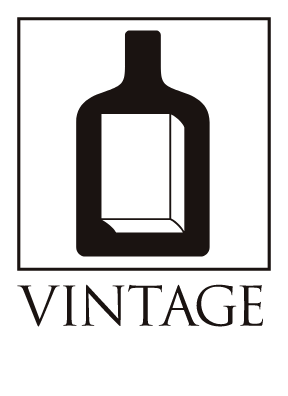

Haruna Morita, who will appear at the October Fragile Exposition, we had the pleasure of working with her at FRAGILE BOOKS in May 2024 for “Awaimon”. The solo exhibition is now fully booked. We spoke with her about her "Baked Book".
<Exhibition information>
Baked Book
by Haruna Morita
Date: October 1st to October 31st, 2024
Location: FRAGILE BOOKS|View online exhibition
The title was Baked Book.
H.Morita ———When I was talking with Mr. Kushida about "doneness" he asked me where he judges success and failure, and his response was "It looks delicious."For example, when it comes to rice, each grain of freshly cooked rice looks like it's sparkling and shiny.When I talked about the shape a little more, I said, "As soon as you open the window, the wind blows the curtains." I think the shape is nice because it captures the fluttery moments.
Is it possible to create that “flapping, momentary shape” in a planned manner?
H.Morita ———You won't know what the final shape will be until you bake it. To some extent, the slurry (a mud-like liquid made by mixing clay and water) that has been soaked in washi paper contracts as it dries, so by intuitively controlling the shrinkage rate. Although it is possible to predict the weather, it is based on experience and is actually greatly influenced by the weather that day, the humidity in the air, etc.
Can you see what's while it's to fire up ceramic sculpture in a kiln?
H.Morita ———It's not like bread, inside is a world of 1200 or 1300 degrees, so even if you can look inside the kiln, it's too bright to remember what's inside. Once you put it in the kiln, until it cools down and you take it out, it's shaped into whatever form you want.In my case, when I can control everything and do things the way I want, that means that my artificial side and "I" come out to the fullest. It looks like it might be broken, or I might want to find another way.
You don't make practical things such as "tableware".
H.Morita ———I sometimes make them out of necessity, but since I was a university student, I had already been fascinated by the texture of the materials and the shapes themselves, so the so-called "utility utensils" do not suit my language of expression. That's what I think. I feel that the things I create are born through interaction with materials, rather than being completed by pushing self-expression to the forefront.
Your works don't really have the handmade feel that is often found in works by artists.
H.Morita ———I'm glad to hear that. The things I want to create are, of course, artificial because they are made by me, but if possible, their shapes and textures will blend naturally with the environment in which they are placed and the people who see them, as if they were originally born with that shape. I hope that you will be like that.
The works you create have a consistent direction. Since when did you become aware of it?
H.Morita ———I think it was rather early, but by the time I was a sophomore in college, I had begun to be aware of textures that felt "comfortable" to me. I had just started going to antique and secondhand stores, and I had a sense of what I was getting from seeing and touching various things. What I liked was not the melancholy or objective value of old things, but the way material things change over time. I like change because it is interesting. I also resist the artificial incorporation of fads. In the world of books, it's not the magazines and best-selling novels stacked on the shelves, but the thick volume that sits on a bookshelf in the sun, waiting to catch the wind once a hundred years. I am the type of person who wants to continue writing books that transcend time and are sympathetic to the people of the world, I am sure. I want to create such a work, and the atmosphere around it, in which the existence of that one book gives it meaning and happiness.
This “Baked Book” will also change over time.
H.Morita ———This "Baked Book" is a series that was created from the beginning with consideration for changes over time, and is created in this way. First, a slurry is applied to the surface of the washi paper, and it is laid out on a board to dry. When dry pieces of paper are bisque fired, thin pieces of porcelain clay are created that have the expression of washi paper transferred onto them. At the same time, the washi paper also burns and disappears. Since it is fired without glazing, the exposed silver reacts with the sulfur in the air, causing the surface color to gradually change. Even if you don't wait a few years, it may look like a bundle of old paper. We hope you will enjoy watching the color change as it continues to look freshly baked.
We deal with many fragile things, but your work is by far the most fragile of them all.
H.Morita ———The color of the surface gradually changes just by touching the air. But the charm of this work is the gap between the feel and the appearance when you hold it in your hand, so I would like you to actually hold it in your hand and look at it.









